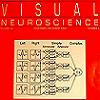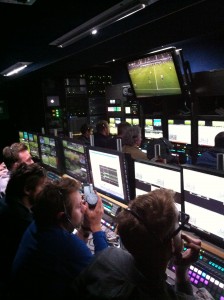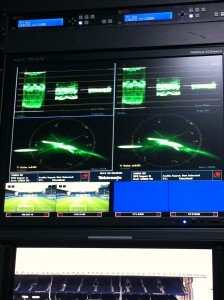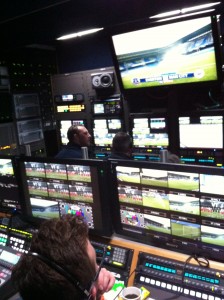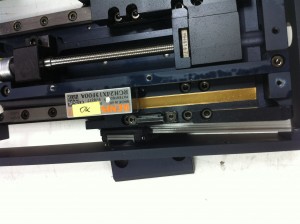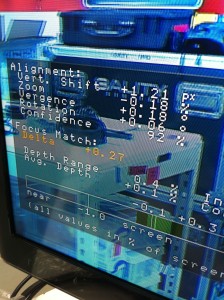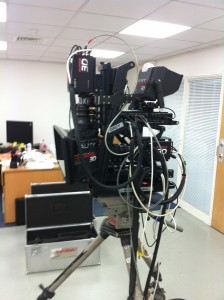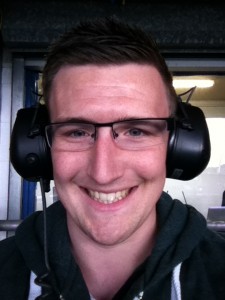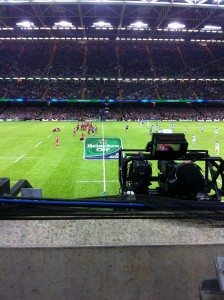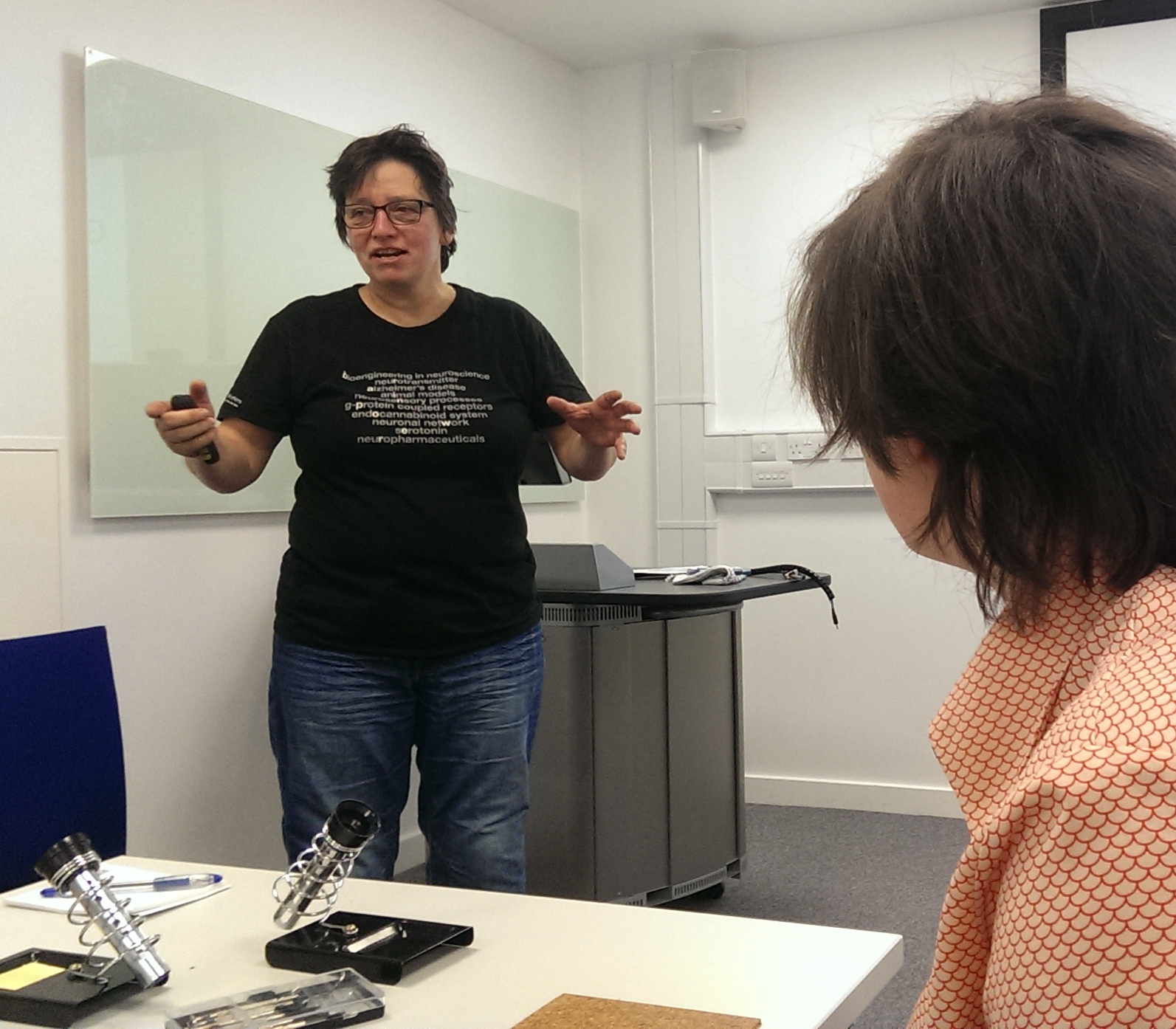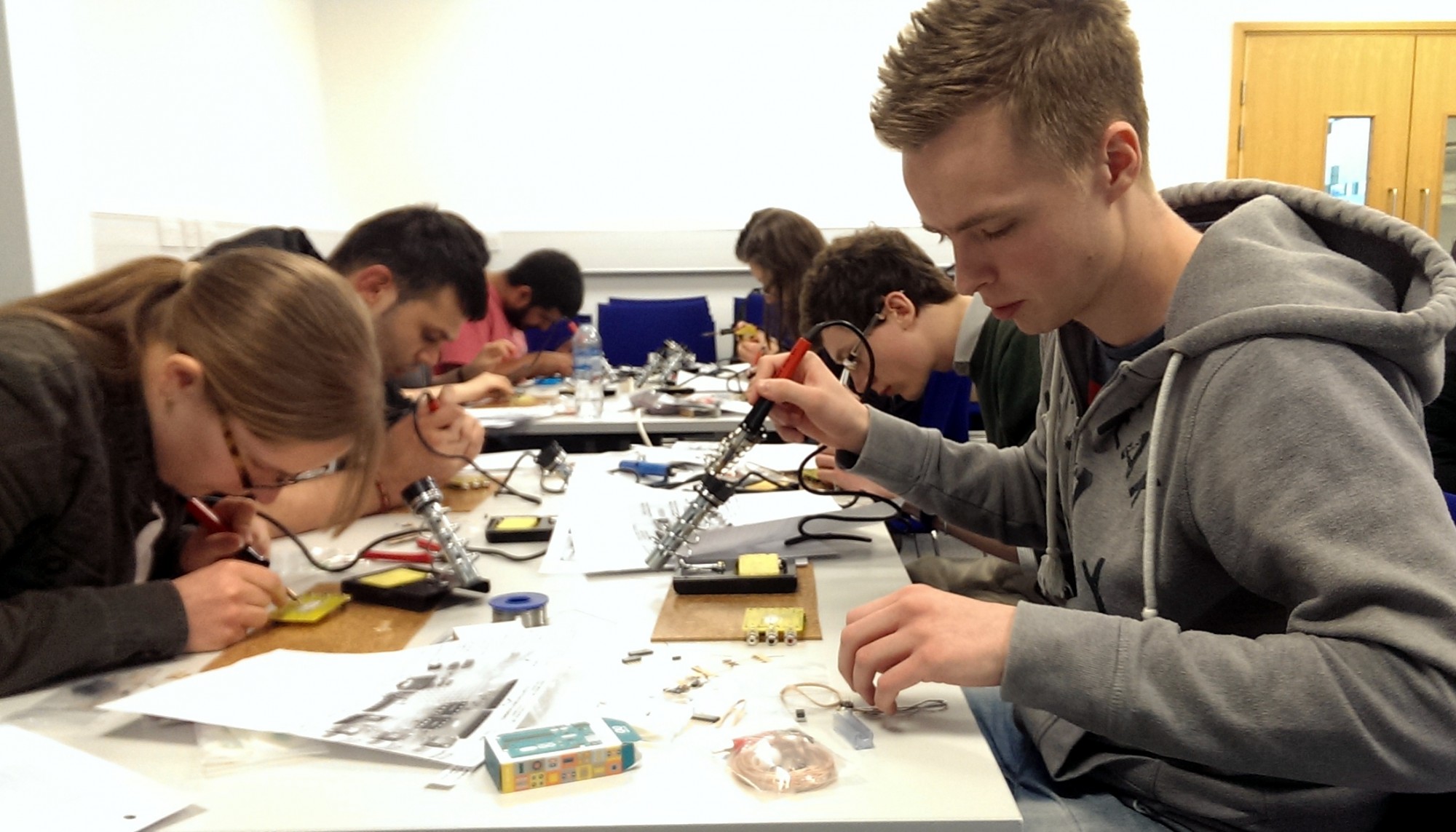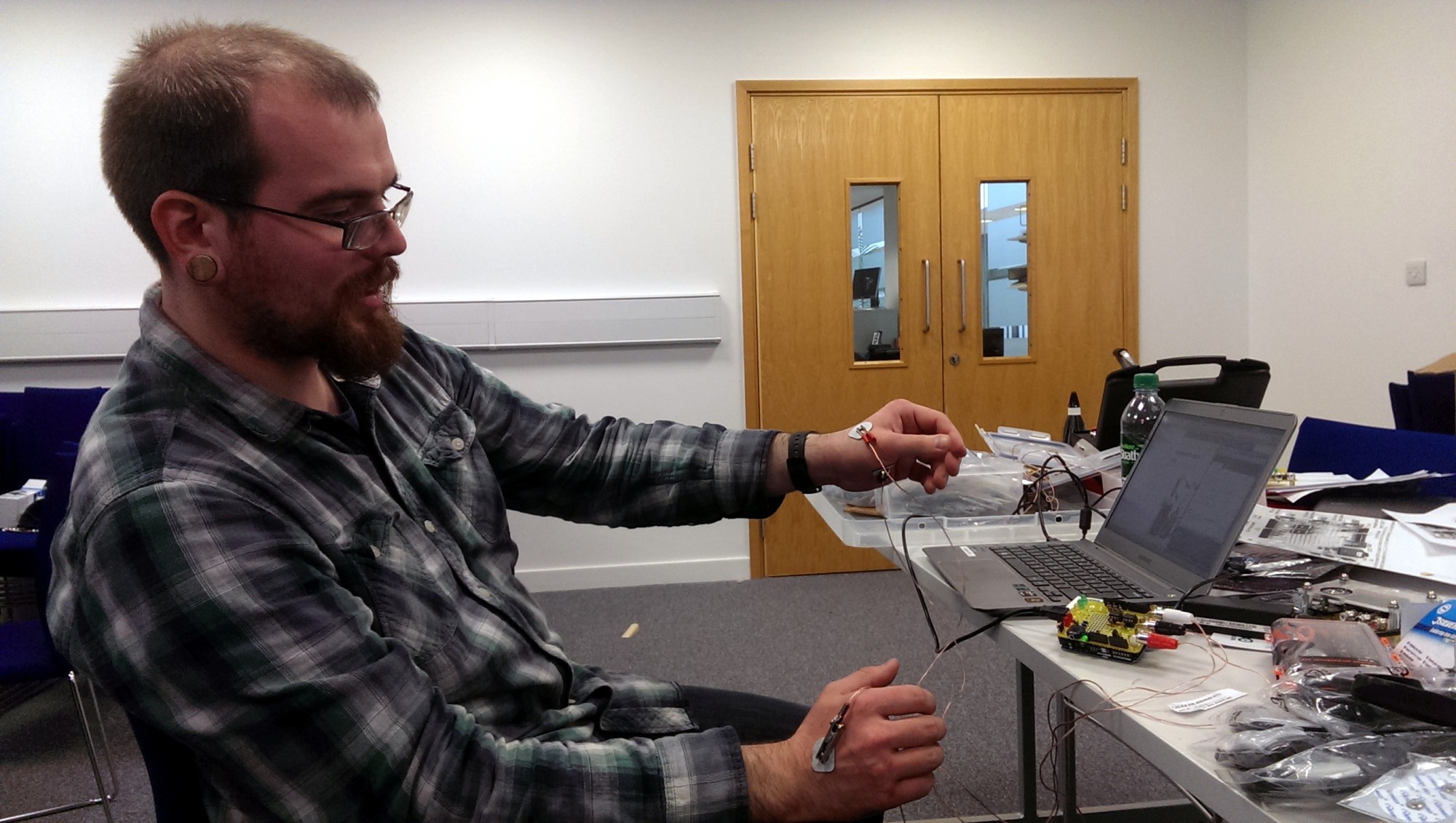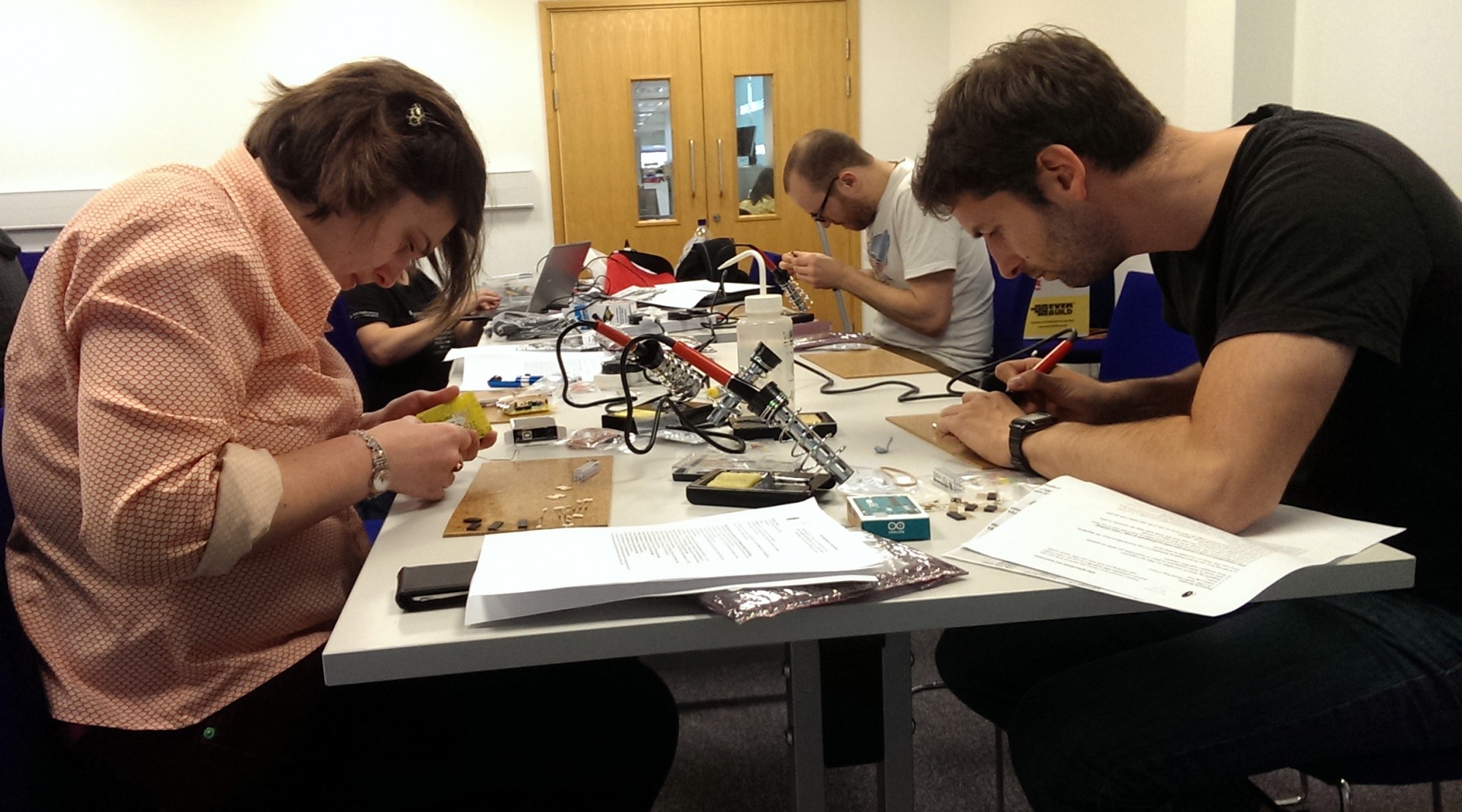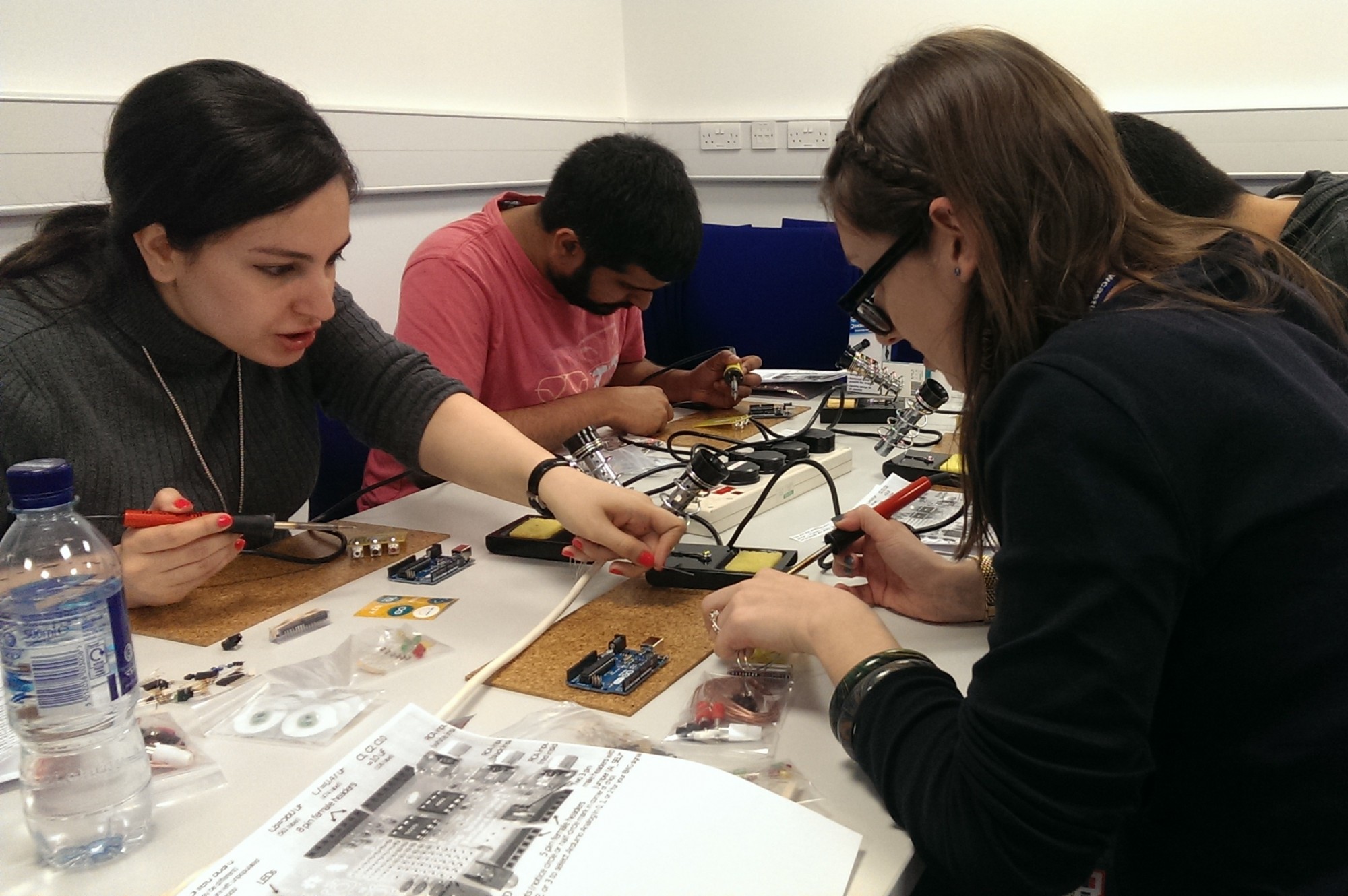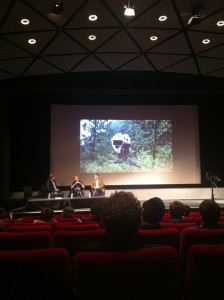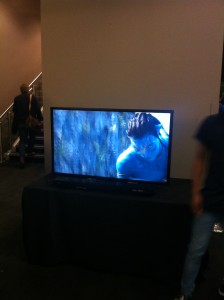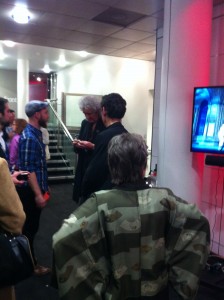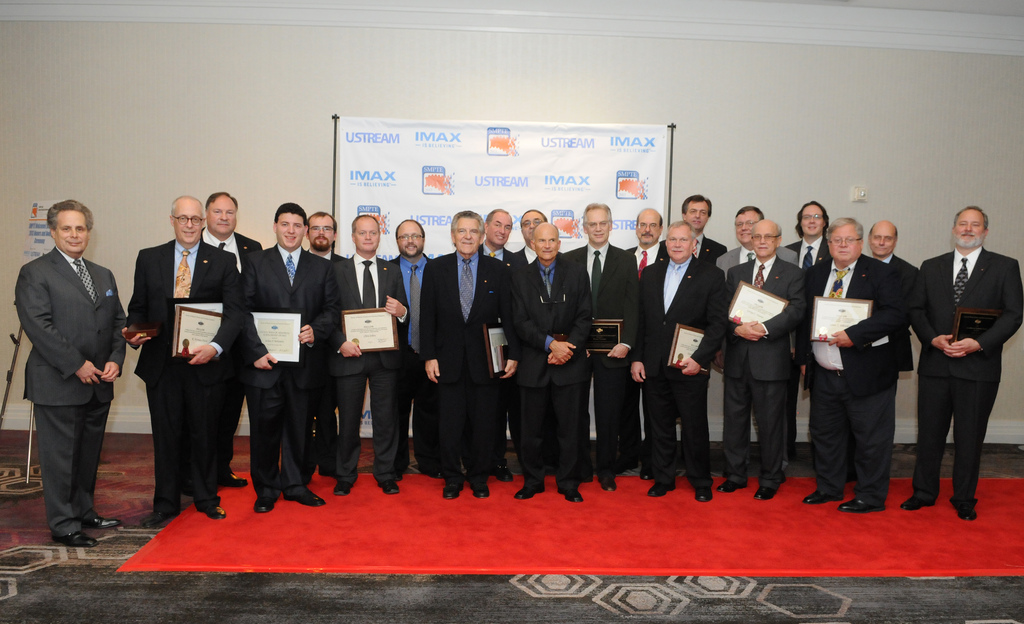Continuing the outreach of the lab into another week, this week I spent a few hours at St. Aidan’s sixth form, where I did my A-levels. The head of KS5 (i.e. A levels), Mrs H. Miland, asked me to come in as one of the St. Aidan’s past success stories, to impart some wisdom of what I did in their shoes at their age to the year 12s. I explained what I did as a neuroscientist at Newcastle, and also how hard I had to work to get to the position I am at now. I explained that were it not for the hard work (and it was very hard work) during year 13 to get the A levels I got I would not be in the position I am in today. It gave me a nice chance to reflect on my own career to date. And unfortunately for anyone who thinks talent alone will suffice you couldn’t be more wrong. Hard work is what makes the world go round and gets you into the positions to have the career you want.
The sixth formers certainly liked it, asked me questions about myself and I got a very kind email from Mrs. Miland thanking me for a job well done. A successful bit of outreach!
Kevin Durant (a famous basketball player from the USA) put it very well:
“Hard work beats talent when talent fails to work hard”









